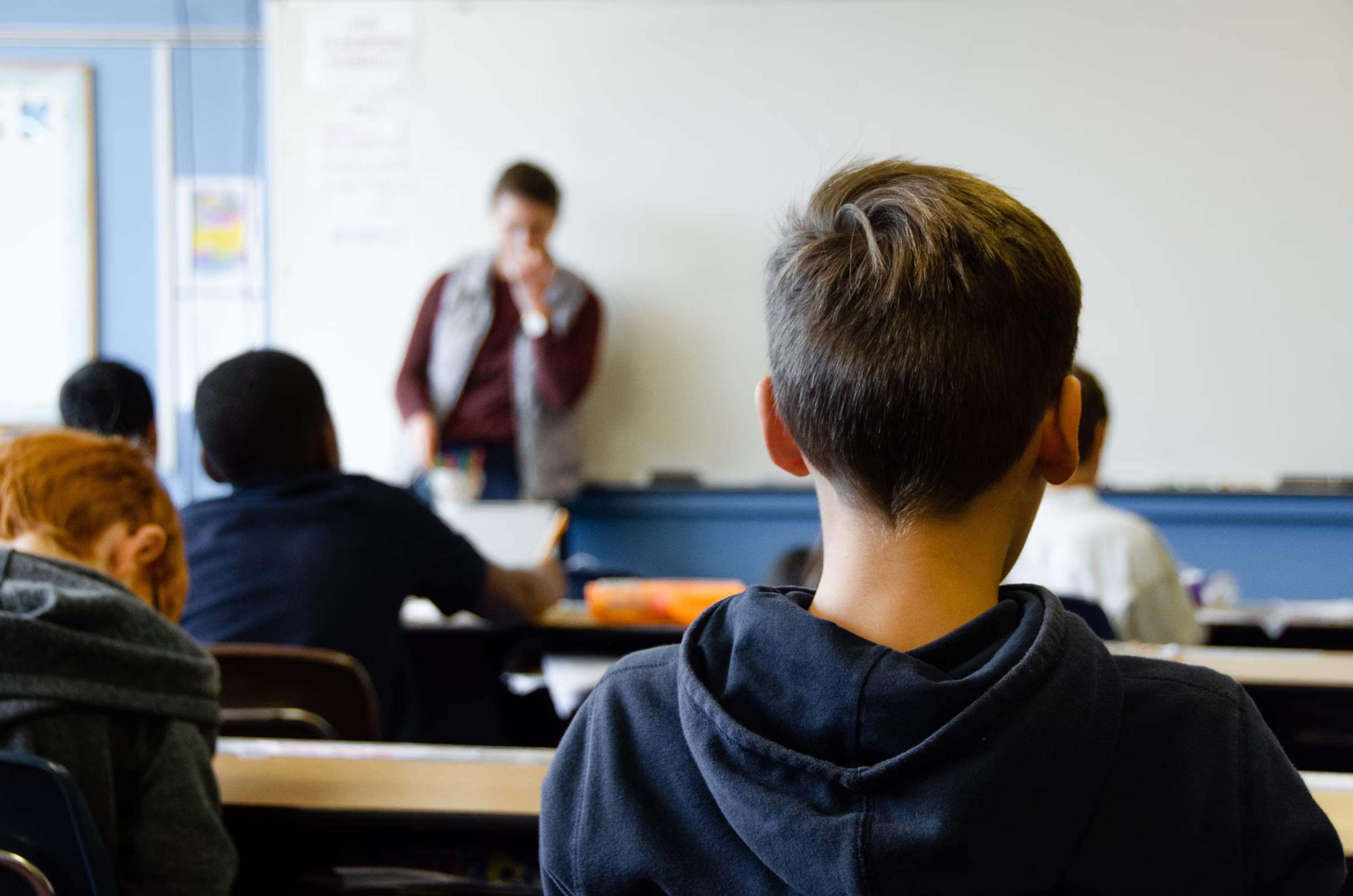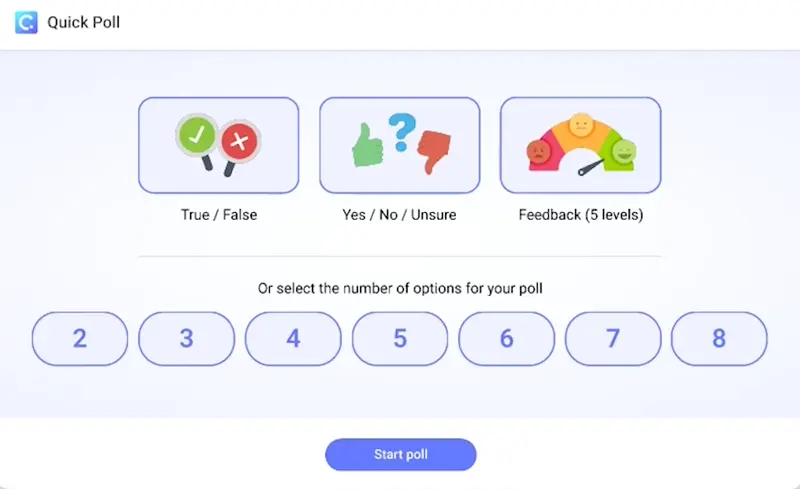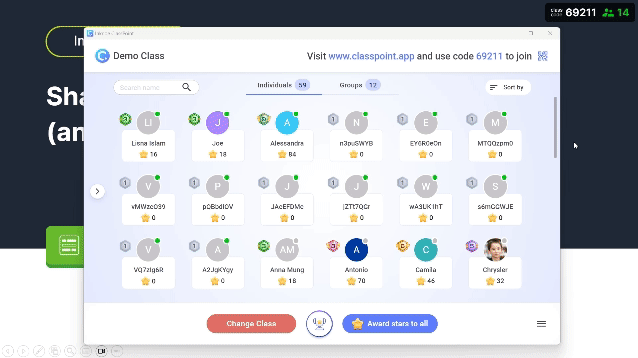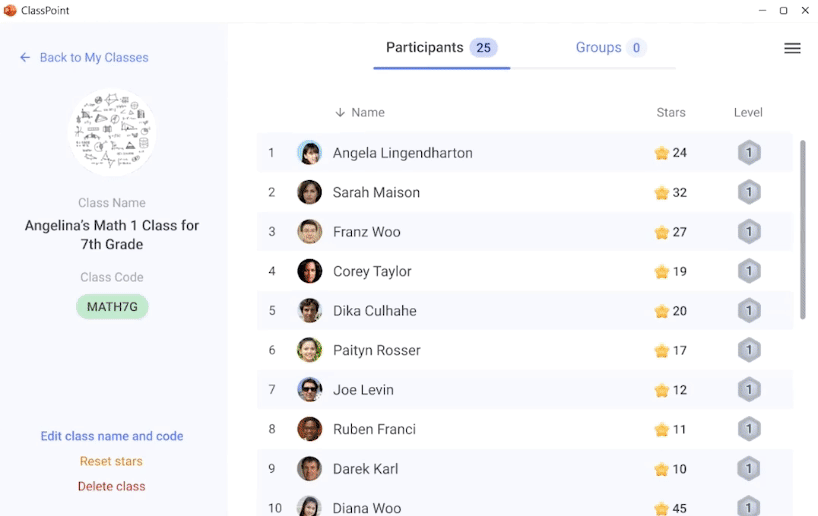Establishing a student-centered learning environment goes beyond simply reorganizing desks or adding group work to your lesson plan. It requires a fundamental shift in the classroom dynamic, placing students at the heart of their own learning journey—and while this is no easy feat, it is more than doable with the right strategies. This heavily involves empowering students to take ownership, allowing them to become active participants rather than passive receivers of information
The beauty of a student-centered learning approach is that it cultivates not just academic skills, but essential life skills. As the facilitator, you’ll see your role evolve, guiding students, fostering a safe space, and tailoring the learning experience to fit their needs. Ultimately, this environment prepares students not just for tests, but for the classroom and beyond.
Starting small can lead to big changes. Before we dive into more strategies, let’s dissect the components that define student-centered learning:
- Student voice. Empowering students to express their thoughts, ideas, and opinions is essential. When students feel heard, they are more likely to engage actively in their learning process, fostering a sense of ownership and responsibility.
- Supporting their choices. Providing students with choices in their learning fosters autonomy and motivation. Allowing them to select topics, projects, or methods of assessment helps create a more personalized learning experience tailored to their interests and strengths.
- A safe space. Creating an environment where students feel safe to take risks, make mistakes, and share their thoughts is crucial. A supportive atmosphere encourages open dialogue and collaboration, which enhances learning.
- You, the teacher as a facilitator. In student-centered learning, teachers transition from being the primary source of knowledge to becoming facilitators of learning. This role involves guiding students, encouraging inquiry, and providing the necessary support while allowing students to explore and discover on their own.

1. Involve students in classroom decisions.
How welcoming student input shift the classroom dynamic
Involving students in classroom decisions significantly enhances their sense of ownership and responsibility towards their learning. When students contribute to decisions about rules, projects, and classroom management, they are more likely to feel invested in their education. This engagement fosters a more positive classroom environment, where students are motivated to participate and contribute actively.
Ways to involve students in decision-making
- Build classroom rules with them. Invite students to brainstorm and establish classroom rules. This not only gives them a voice but also helps them understand the importance of mutual respect and responsibility.
- Let them choose projects that they’re passionate about. Allow students to choose topics for projects or select the format in which they want to present their work. This choice encourages them to pursue their interests and invest more effort into their assignments.
- Give them voice through feedback sessions. Regularly hold feedback sessions where students can express their opinions about classroom activities, teaching methods, and overall learning experiences. Use this feedback to make adjustments, showing students that their voices matter.
- Spearhead a student committee. Create committees for specific areas, such as event planning or classroom decoration. This gives students leadership opportunities and a chance to collaborate with their peers.
One sure way to easily involve students in decision-making is by getting their vote through polls. ClassPoint makes this seamless within the familiar interface of PowerPoint using its Quick Poll feature, accessible during your slideshow.
You can choose from various modes, including Yes/No/Unsure, True/False, feedback scales, and custom options, to easily gauge student opinions and preferences.
Here's a quick step-by-step video guide on how to run a live quick poll in PowerPoint using ClassPoint.

2. Scaffold learning experiences to accommodate diverse styles.
Acknowledging varied learning styles
Every student learns differently, with preferences that can include visual, auditory, kinesthetic, and more. Recognizing these diverse learning styles is essential for creating an inclusive classroom environment. Understanding that students absorb and process information in various ways allows teachers to tailor their instructional methods, making learning more accessible and effective for everyone.
Ideas to scaffold the learning experience
Here are some actionable approaches, supported with further readings:
To further scaffold the learning experience, most especially in the 21st century, incorporating technology has become nearly imperative. With a multitude of educational apps designed to cater to different learning styles, one standout leader is ClassPoint.
ClassPoint offers interactive quizzes, gamification, live slideshow tools, and even an AI quiz generator, offering you the convenience and your students the engagement they need to thrive.

3. Embrace constructivist approaches for hands-on learning.
The basics of Constructivism
Constructivism is a learning theory that posits students construct their own understanding and knowledge of the world through experiences and reflecting on those experiences. Key concepts include active learning, social interaction, and problem-solving.
Constructivist activities you can implement in the classroom
One effective way to embrace constructivism is through 1.) project-based learning (PBL), where students take on long-term projects, such as researching community issues and proposing solutions. 2.) Inquiry-based learning further supports this approach by encouraging students to ask questions and seek answers through research or experiments. To foster teamwork, 3.) collaborative learning activities like group projects allow students to draw from each other’s strengths while completing tasks together.
4. Create an inclusive and collaborative atmosphere.
Inclusion is about recognizing the diverse backgrounds, abilities, and experiences each student brings to the classroom. By fostering a sense of belonging, students feel respected and valued, which in turn boosts their confidence and eagerness to participate. This inclusivity also invites diverse perspectives, enriching classroom discussions as students bring their unique viewpoints to the table.
One key strategy to do this is by adopting culturally responsive teaching, ensuring that classroom materials reflect the diversity of your students—whether it’s through diverse literature or inviting guest speakers who represent different cultures.
Another important approach is accessibility: make sure learning materials and activities are accessible to all, through tools like assistive technology or modified assignments. And while you’re at it, ensure you set up peer support programs such as buddy systems or peer tutoring so students can rely on each other for help and encouragement.
To further enhance collaboration and inclusivity, consider implementing flexible grouping strategies that allow students to work together in diverse teams. ClassPoint’s grouping feature makes this easier for you by letting you organize students into groups for collaborative activities, right inside PowerPoint.

5. Be a guide, not a director.
In student-centered learning, the role of the teacher transitions from being a director who controls every aspect of learning to a guide who supports students in discovering their own pathways. This shift empowers students to become autonomous learners, while teachers become facilitators of curiosity, exploration, and growth.
This change in mindset involves more than just stepping back—it requires a conscious effort to give students space and opportunities to take ownership of their learning. Here’s a comparison of traditional teaching practices versus the approach of a teacher as a guide:
| Traditional Role | Guide/Facilitator Role |
|---|---|
| Teacher lectures and leads every class activity | Teacher allows students to lead discussions and activities, stepping in as a resource when necessary. |
| Teacher sets strict rules for every task | Teacher co-creates guidelines with students, fostering shared responsibility and accountability. |
| Teacher provides all the answers | Teacher encourages students to research, ask questions, and collaborate to find answers themselves. |
| Teacher structures lessons around textbooks and set curricula | Teacher integrates real-world experiences and student interests into the curriculum to enhance engagement. |
| Teacher gives immediate corrections when mistakes are made | Teacher prompts students to reflect on their mistakes and explore alternative approaches to solve problems. |
| Teacher designs assessments for final evaluation | Teacher incorporates ongoing assessments, such as peer reviews and self-assessments, to track growth and understanding over time. |
6. Encourage self-reflection to introduce accountability.
The role of self-reflection in student-centered learning
Self-reflection is a critical element in helping students take ownership of their learning. It fosters self-awareness, allowing students to recognize their strengths and areas for improvement, and empowers them to set meaningful goals for personal and academic growth.
Ways to implement self-reflection in the classroom
- Maintain reflection journals where students regularly write about their learning experiences, challenges, and achievements. This promotes consistent self-assessment and personal growth.
- Implement goal-setting activities where students set specific, measurable goals for themselves and revisit these goals periodically to assess progress.
- End each unit with self-assessments prompting students to think about what they’ve learned, how they’ve grown, and what they want to focus on next, either through discussions or written reflections.
Is Student-Centered Learning for You?
As you reflect on the strategies for creating a student-centered classroom, consider whether this approach aligns with your teaching philosophy and the needs of your students. While teaching philosophies may differ, student-centered learning is a transformative practice that deserves your attention. So, is it right for you? The answer is a resounding yes.
- Assess your current teaching methods and identify areas where you can integrate more student agency and engagement.
- Experiment with different strategies to see which ones resonate with your students and foster their active participation.
- Seek feedback from your students to gauge their comfort and interest in participating in decision-making and collaborative learning.
- Stay open to continuous learning and professional development to refine your approach and enhance your effectiveness as a facilitator.
